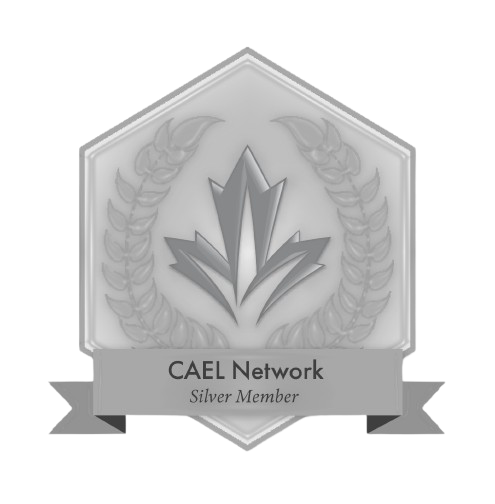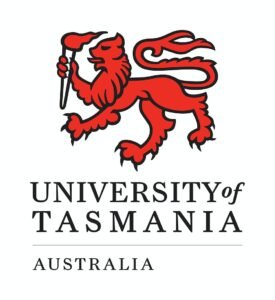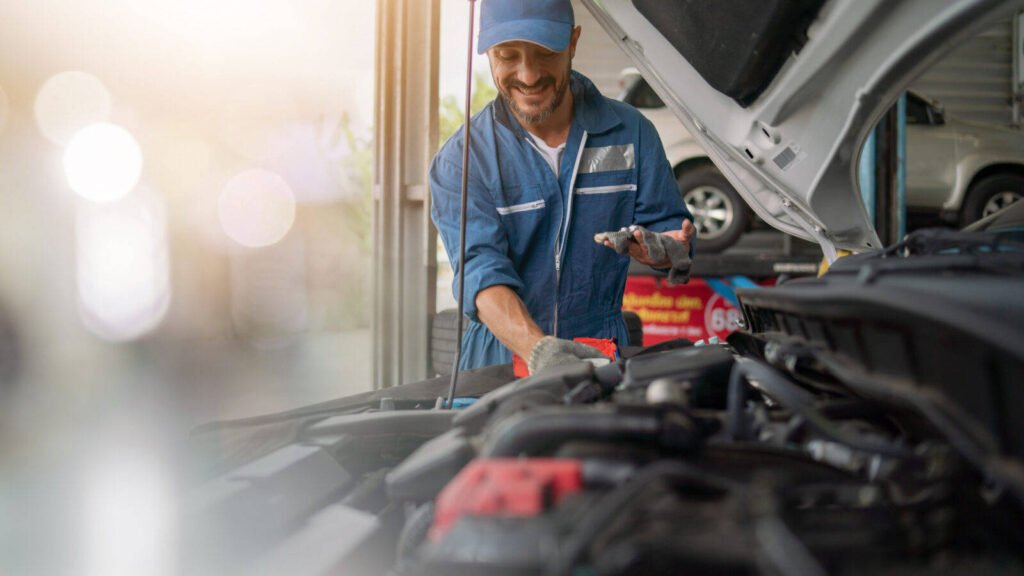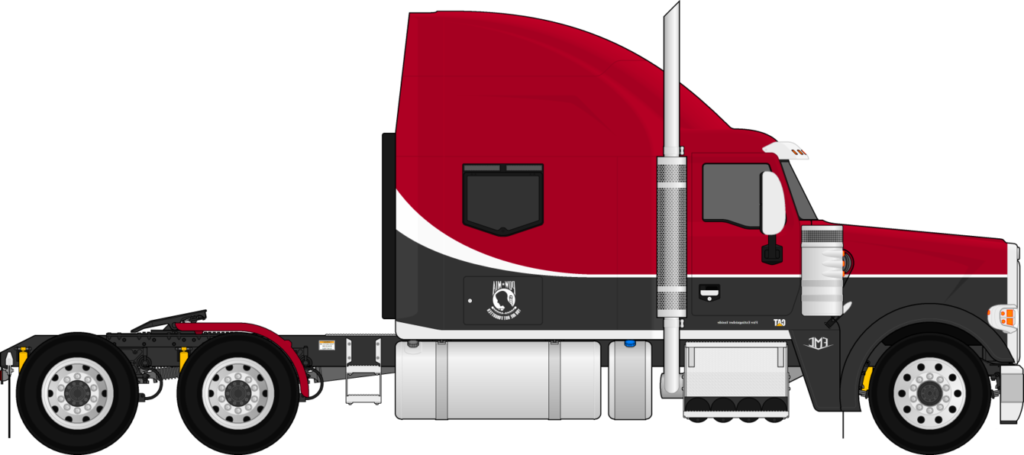1. What are the benefits of immigrants in Australia?
Immigrants in Australia enjoy many benefits, including:
Access to high-quality healthcare and education
A safe and multicultural environment
Opportunities to apply for permanent residency and eventually citizenship
A strong job market with fair wages
Social security and family benefits (after PR)
Free or subsidized public services
2. Why is migrating to Australia the best option?
Australia is one of the most welcoming countries for skilled migrants. It offers:
A high standard of living
A stable economy and job opportunities
A clean and healthy environment
A transparent and fair immigration system
A path to permanent residency and citizenship
3. How many years to get PR in Australia?
It depends on the visa you apply for. Some skilled migration visas (like Subclass 189 or 190) offer direct PR, which you can get in 6 to 12 months if eligible. For others, like temporary work visas (Subclass 482), it may take 3 to 4 years to become eligible for PR.
4. Is getting PR in Australia easy?
Getting PR in Australia is not hard if you meet the requirements. You need the right skills, age, English level, and work experience. Australia uses a points-based system, so a higher score gives you a better chance.
5. What is the maximum age to apply for Australia PR?
You can apply for most skilled PR visas in Australia up to the age of 45. However, people under 35 generally score higher points and have better chances.
6. How do I qualify to immigrate to Australia?
You may qualify if:
You are under 45 years old
You have a job listed on Australia’s skilled occupation list
You have work experience and qualifications in that job
You meet English language requirements (usually IELTS or PTE)
You score at least 65 points in Australia’s immigration points test
7. How much money is needed to move to Australia?
The cost can vary based on the visa. For skilled migration, you may need:
Visa fee: AUD 4,640* approx. for primary applicant
English test and skill assessment: AUD 1,000–2,000*
Proof of funds: No fixed amount, but it’s good to have at least AUD 15,000–20,000* to support yourself and your family initially
8. Can I move to Australia without a job?
Yes, you can apply for certain visas (like Subclass 189 Skilled Independent) without a job offer. You just need to meet the points requirement and be invited to apply.
9. Which visa is best for Australia?
The best visa depends on your situation. Common options include:
Subclass 189: PR visa for skilled workers with no sponsorship
Subclass 190: PR visa sponsored by a state or territory
Subclass 491: Temporary visa for regional areas with a PR pathway
Subclass 482: Employer-sponsored work visa
10. What are the basic requirements to immigrate to Australia?
Age under 45
Relevant work experience and qualifications
English language test results
Skill assessment in your occupation
Health and character clearances
A points score of 65 or more
11. Is IELTS required for Australia immigration?
Age under 45
Relevant work experience and qualifications
English language test results
Skill assessment in your occupation
Health and character clearances
A points score of 65 or more
12. What is the minimum English score for Australia PR?
You need at least “Competent English” for skilled migration visas, which means:
IELTS: 6 in each band
PTE: 50 in each section
13. Is 5.5 band eligible for Australia?
No, a 5.5 IELTS band is not enough for skilled visas. You need at least 6.0 in each band for most skilled visas. However, for some student visas or other temporary visas, 5.5 may be acceptable.
14. Can I immigrate to Australia with my family?
Yes, most visas allow you to include your spouse/partner and dependent children. They get the same visa rights as you.
15. How long can I stay with my family in Australia?
If you get a PR visa, your family can stay permanently. If it’s a temporary visa, they can stay as long as your visa is valid.
16. How to migrate to Australia with family from India?
You can apply for a skilled visa that allows family members. Steps:
Check if your job is on the skilled list
Do a skill assessment
Take an English test
Submit an Expression of Interest (EOI)
Wait for an invitation
Apply for the visa and include your family
Get health and police checks
Receive your visa grant and move to Australia
















